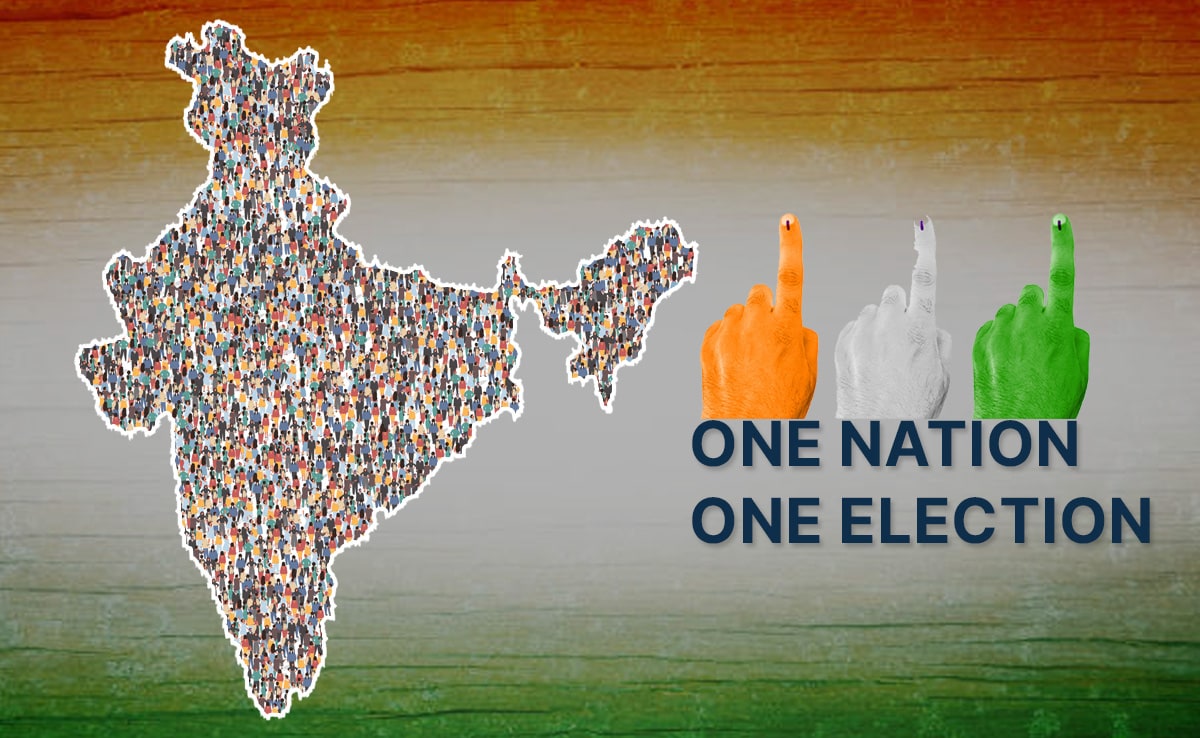
Decoding India's one nation one election plan, what does it mean? Does India need one nation, one election plan?
India, the world's largest democracy, is almost always in election mode. The idea of one nation one election was first proposed by the law commission of India in 1983 the one nation one election village proposed to synchronise all elections in India.
The idea is also known as simultaneous elections proposes aligning the election cycles of the lok sabha and state assemblies.
For years prime minister Narendra Modi's Bharatiya Janata party has campaigned the idea of one nation one election, a proposal to hold state and federal elections simultaneously every 5 years.
The Indian law minister introduced a bill to implement this system in the parliament, sparking a debate over power dynamics.
India's democracy operates on multiple levels each with its own election cycle.
There are general elections to choose parliament members, state elections to pick legislators while ruler and urban councils hold separate votes for local governance by elections to fill vacancies caused by resignations, death or disqualification of representatives.
These elections happen every 5 years but at different times the government now wants to Sync them.
A panel led by Ram nath kovind proposed holding state and general elections together in its extensive 18626 page report. It also recommends local body elections within 100 days.
The committee suggested that if a government loses an election fresh polls would be held but its tenure would last only until the next synchronised election.
The biggest argument for holding simultaneous elections is cutting election costs. According to a Delhi based non profit centre for media studies India spent more than 600 billion rupees on 2019 general elections making it the world's most expensive at the time.
However critics argue that the same goal reducing causes good backfire.
With 900 million eligible voters ensuring enough electronic voting machines security forces and election officials would require extensive planning and resources.
Many opposition parties have vociferously opposed the plan sitting that this would be disadvantages for the multiple regional parties of India and wood also require nationwide abolition of the provision of moving the no confidence motion many smaller regional opposition parties describe the move as an attempt by Modi's Hindu right wing Bharatiya Janata party attempt of consolidating power of moving towards the presidential form of Government at the cost of eroding the current federal system of governance and to convert the country from a multi party democracy into a one party state the opposite parties have also stated that this move will reduce account ability of the government to the public the Indian National Congress quipped that Modi was preparing for a one nation no election scenario through this proposal.
The kovind committee contacted all Indian parties for feedback with 47 responding 32 supported simultaneous elections wild 15 opposed to them.
The parties also recommended enhancing transparency in the funding process and a better solution to addressing concerns about election costs.


.jpg)
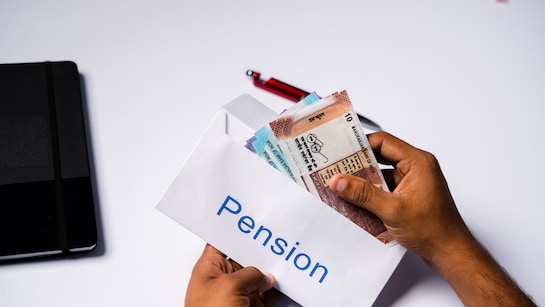
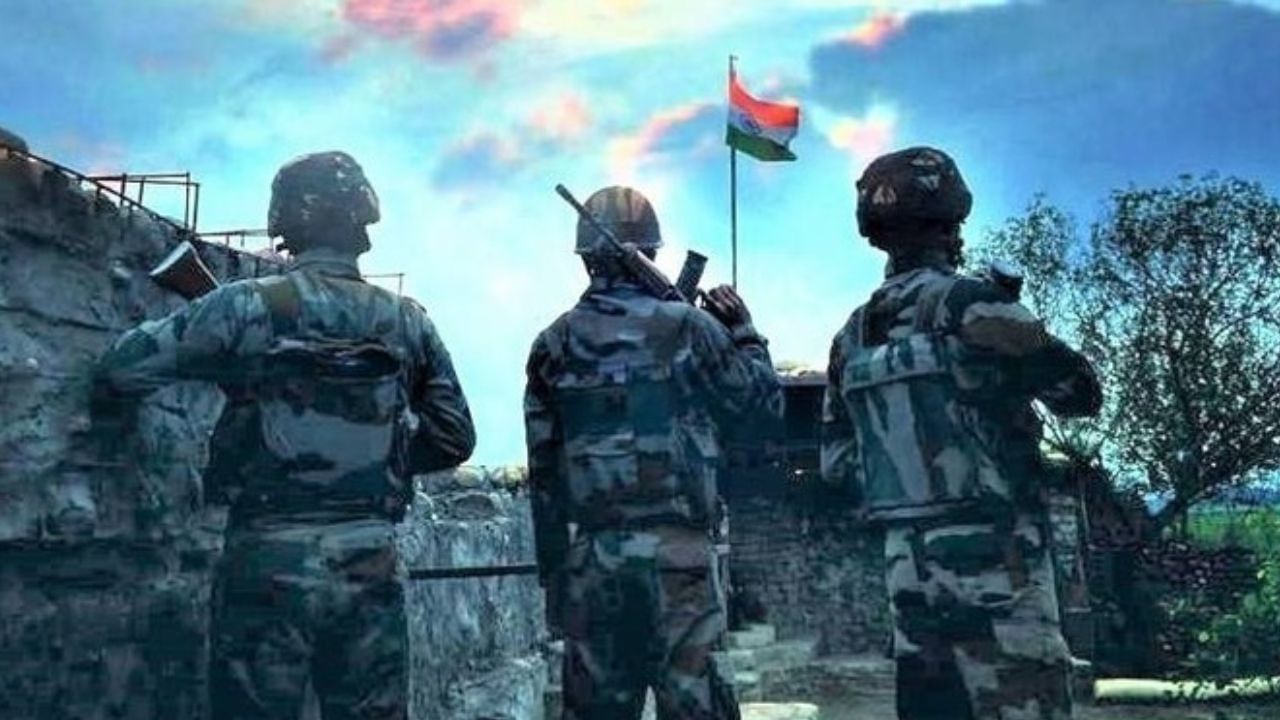

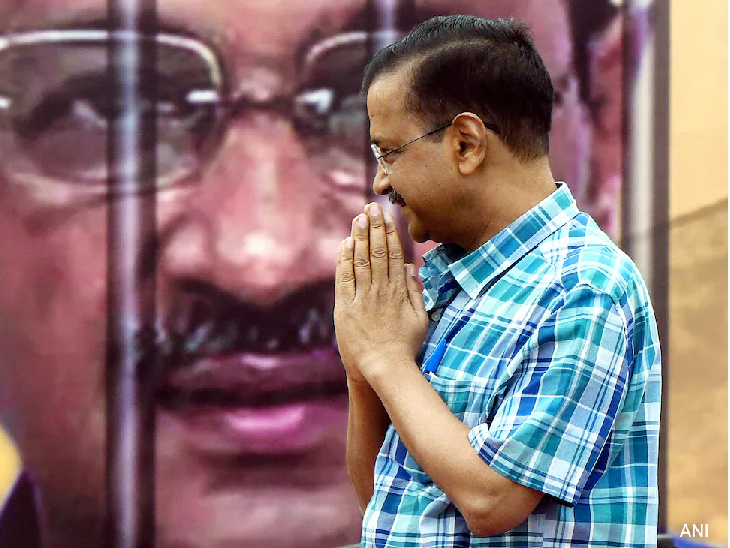
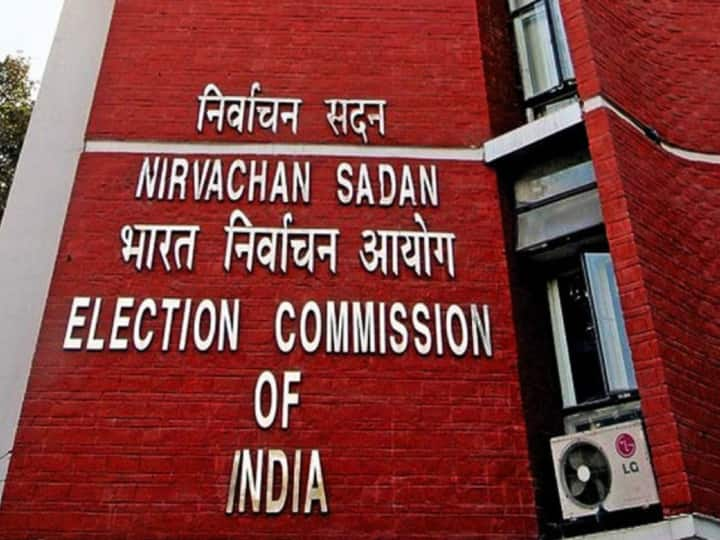
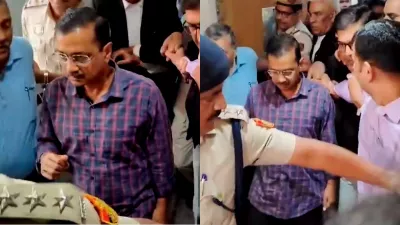
Comments
LEAVE A REPLY
Your email address will not be published